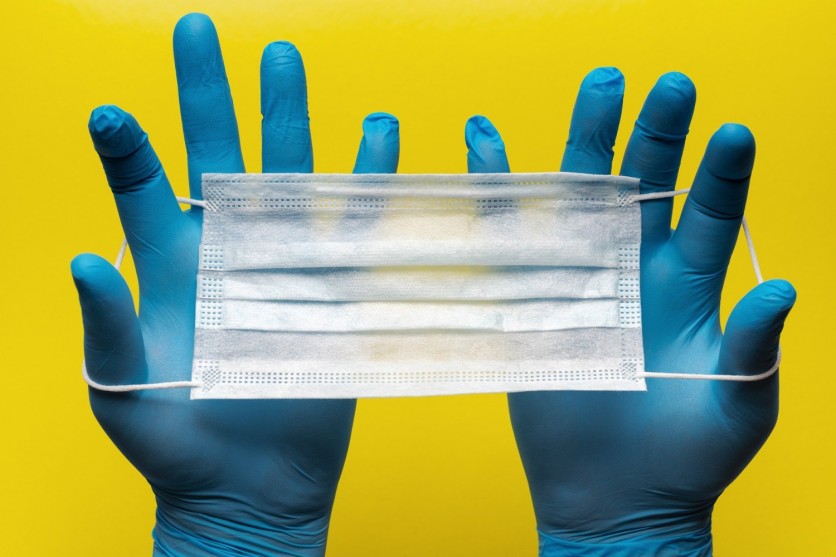The novel coronavirus pandemic currently hits social distancing that is being implemented in every country in the hopes of mitigating the further spread of COVID-19. Unfortunately, the virus has now claimed thousands of lives.

Scientists Caught 'Turbulent Cloud Gas'
In the US, people are required to stand six feet or approximately two meters away from each other to avoid exposure to the COVID-19 virus, according to the Centers for Disease Control and Prevention (CDC).
However, a discovery by American scientists could prove that social distancing, at its current rate, might not be as effective as initially deemed.
According to a report by the Daily Mail, scientists were able to capture the incredible but worrying trajectory of a sneeze that might be carrying the coronavirus.
The experts filmed a healthy person sneezing and slowed it down to a minute and a half, which was initially a short 25-second clip, and it showed that viral droplets that are expelled during a cough or a sneeze could travel between 33 to 100 feet per second in a warm and moist environment.
An infectious "turbulent" gas cloud is then created, which could carry the virus to a distance of 23 up to 27 feet away--four times greater than the average distance required today when physically distancing.
Read also: Coronavirus: Scientists Believe Injecting 'Decoy Protein' Could Stop Virus From Infecting Cells
Coronavirus Droplets Could Take Longer to Evaporate
In addition, the scientists discovered that the viral droplets took longer to evaporate in the moist and warm atmosphere within the turbulent gas cloud.
The coronavirus-infected droplets in the gas cloud could infect surfaces or be inhaled by an unsuspecting person that could progress into a COVID-19 infection.
Meanwhile, remaining droplets that have not been inhaled or were unable to reach any surface will stay in the air for quite some time, which makes the spreading of the novel coronavirus still a possibility after a coronavirus patient sneezes or coughs.
Eventually, the turbulent gas cloud will lose its momentum, and the remaining droplets will evaporate.
Nevertheless, scientists believe that even after evaporation, the "droplet nuclei" could stay suspended in the air for hours, carrying the virus.
It could be caught in the airflows of air conditioning systems or ventilation that are typically found in supermarkets and hospitals and travel throughout the systems into rooms where there are healthy people.
Outdated Social Distancing Measures
According to Professor Lydia Bourouiba, the social distancing measures that are in effect today are based on an outdated model that was designed way back in the 1930s, which in the modern standard would be deemed as "overly simplified."
She said that the distances provided in the outdated model were based on estimates and that they were unable to consider the possibility of high-momentum clouds.
"Implementing public health recommendations based on these older models may limit the effectiveness of the proposed interventions," the professor wrote in an article for the Journal of the American Medical Association (JAMA).
With these findings, Professor Bourouiba emphasized the use of appropriate personal protection equipment (PPE), especially by healthcare staff that is always in contact with COVID-19 patients.
Nevertheless, the current shortages of PPE around the world remains a looming threat to our essential workers.
Read Also: Coronavirus Pandemic Led to N95 Mask Shortage, But Researchers Have Finally Found a Solution!
![Apple Watch Series 10 [GPS 42mm]](https://d.techtimes.com/en/full/453899/apple-watch-series-10-gps-42mm.jpg?w=184&h=103&f=9fb3c2ea2db928c663d1d2eadbcb3e52)



